What is my feeling about the 2020 season cards?
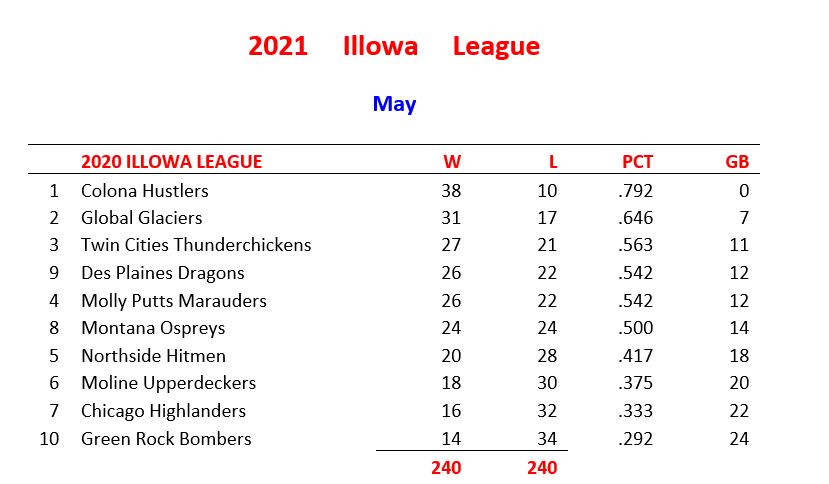
Well, since my Twin City Thunderchickens are 27-21 so far this season in the Illowa APBA League, my snarky answer is that I like them just fine, thank you.
Seriously, I’ve seen the cards and have competed against five of the teams in the IAL and have some thoughts on the set.
A couple practical notes about the 2020 set
In a lot of ways, the cards are like recent years’ cards with the 12 at 23. The 2020 stats are displayed near the top. In some ways, that was confusing for me. Our league has pro-rated player usage to 162 games and sometimes I forget about the shortened season (yes, I live in a dream world). I’ll see Yan Gomes’ 42 G and start worrying before I realize that is before it pro-rated to 122.
A big change is the hitting cards of the pitchers. Take a look at J.A. Happ’s hitting card.
Now that you’ve seen Happ’s card, that is pretty much what every pitcher’s hitting card looks like. There are only two differences in the entire set.
- Dice roll 63 – left handers have 30, right handers have 32
- Dice roll 61 – left handers have 29, right handers have 27
I totally understand why APBA gave each pitcher similar hitting cards. Other than exceptional players like Ohtani (that was for you, Don S), pitchers did not bat in the majors so APBA treated them like American League pitchers. As a member of a non-DH league, I still feel cheated in a way.
When it comes to the 2020 season, most opinions can be directed to incredibly short MLB season rather than how cards were created by the Company. Looking at previous shortened seasons such as 1981 and 1994, we can see that resulted in many monster cards as well as ugly ones as well.
With the 2020 season, we saw the effect but on a larger scale. Shrinking the season to a 60-game schedule, we’re seeing a lot of abnormalities not normally seeing before. Add to that, the offensive trends of lower batting averages and higher rates of strikeouts plus MLB’s differing use of starting and relief pitchers.
A case study of the Thunderchickens
I mentioned that I’ve gotten off to a winning start in the IAL. First, I didn’t go into this season with the idea that I could win with this team. It certainly didn’t start that way as I lost the first three games to rival Marcus Bunch and the Moline Upperdeckers. The Upperdeckers by the way, led off with Benintendi who has a 55-40 which stresses my point more than anything.
As I said, the first three games didn’t go as planned. Here was my starting day lineup:
- Cavan Biggio 2B-8 (1-6-6, 10, six 14s)
- Kyle Lewis CF-3 (1-5, 10, 5 14s)
- Nick Markakis RF-2 (0-0-0-0, 3 14s)
- Luke Voit 1B-3 (1-1-1-5, 2 14s)
- Manny Machado 3B-5 (1-1-5-6, 3 14s)
- JD Martinez LF-1 (1-0-0-0, 3 14s)
- Javy Baez SS-9 (1-5-6, 1 14)
- Sean Murphy C-8 (1-5-5, six 14s)
On the first day of the season, I came up with this lineup on the fly when playing Marcus. In hindsight given the same players, I would have moved Machado above Voit. Note that there was not one single first column 7 in that lineup. I mean, let’s face it, there aren’t many in the whole set.
After three games, Luke Voit with his monster card was 0 for 11. First round draft pick Sean Murphy wasn’t doing much better. With an 0-3 record to begin the season, I decided the team was in store for a change.
What did I do?
One, I benched my starter with three 1s.
Wait, what?
To be up front, Eric Hosmer has a decent card (1-1-0-0, 7, 10, 2 14s). He’s also a 1B-4 and not slow. He immediately responded. While his average has dipped lately, he was leading the team in homers (10) and rbis (26) when Voit made his return.
Since then, Voit has started a few series. He has won his starting spot back. In his last nine games, he hit six homers and drove in 18 runs.
I also replaced Sean Murphy with Yan Gomes. This was a big decision that helped our team. Gomes’ card (1-6-6-7-7-10, two 14s) is pretty good but wouldn’t stand out in any other year.
How good is he doing?
Well, as of game 48, Gomes is leading the league with a .360 batting average. Wait, really? Did Tom spend a first-round pick on Sean Murphy only to sit on the bench? So far yes. Gomes has nine homers and is slugging .676. There is no stopping him.
Another change was to bench Javy Baez in favor of Joey Wendle. Another key move. In hindsight, it looked obvious. But Baez was a fast, SS-9 with a power numbers 1-5-6. My biases blinded me to his 31-13.
Wendle on the other hand, is a SS-8 and can only boast three zeroes with no first column one. However, he does have a 22-7 with an 11 and 10. The result? Wendle has been hitting around .300 and slugging .500 (until Don’s two A starters brought him down a notch last weekend).
Aside from Gomes, he’s been the key player on the team.
Sooo, a key takeaway is this…
Sometimes a solid card with hit numbers you expect is better than that with the one with flashy numbers. While Voit is now coming around now (please), those cards with double ones may look nice but make sure they can move the runner along because that 31-13 won’t do you any favors.
The Illowa APBA League will be meeting this weekend in person for the first time in over a year! I am very excited to see everyone.




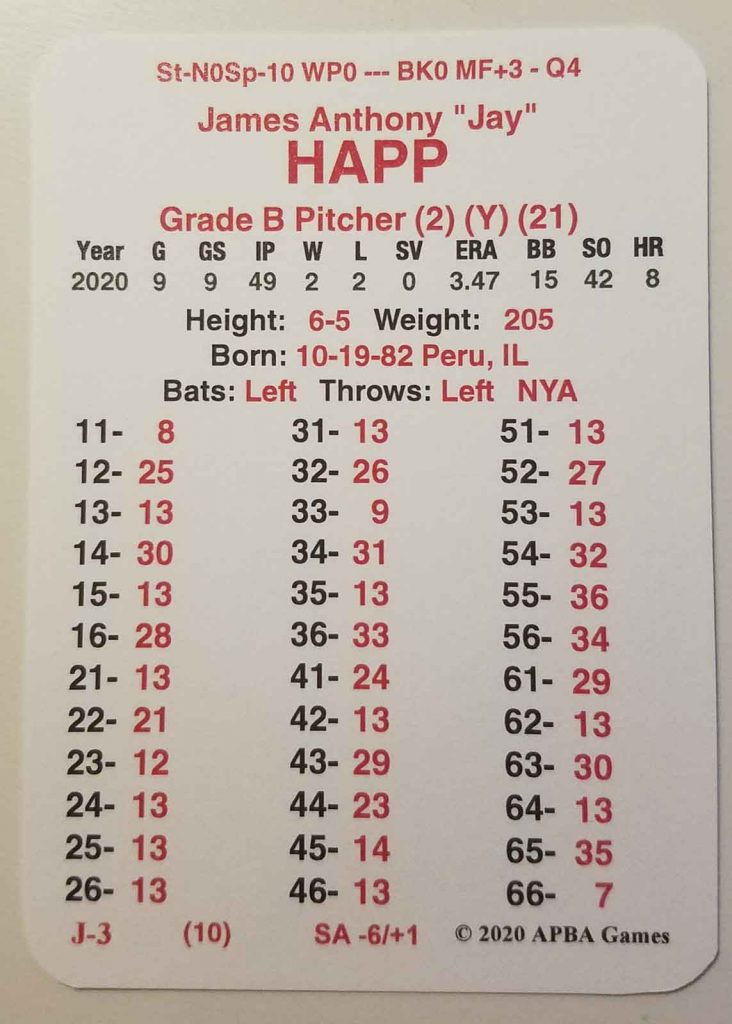
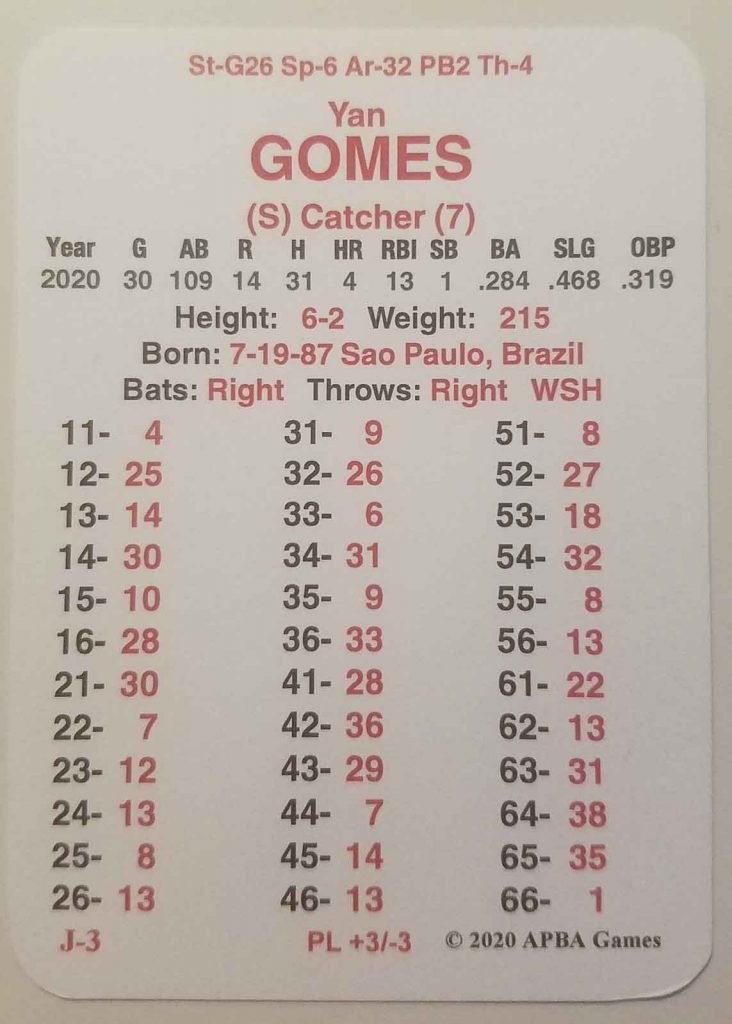
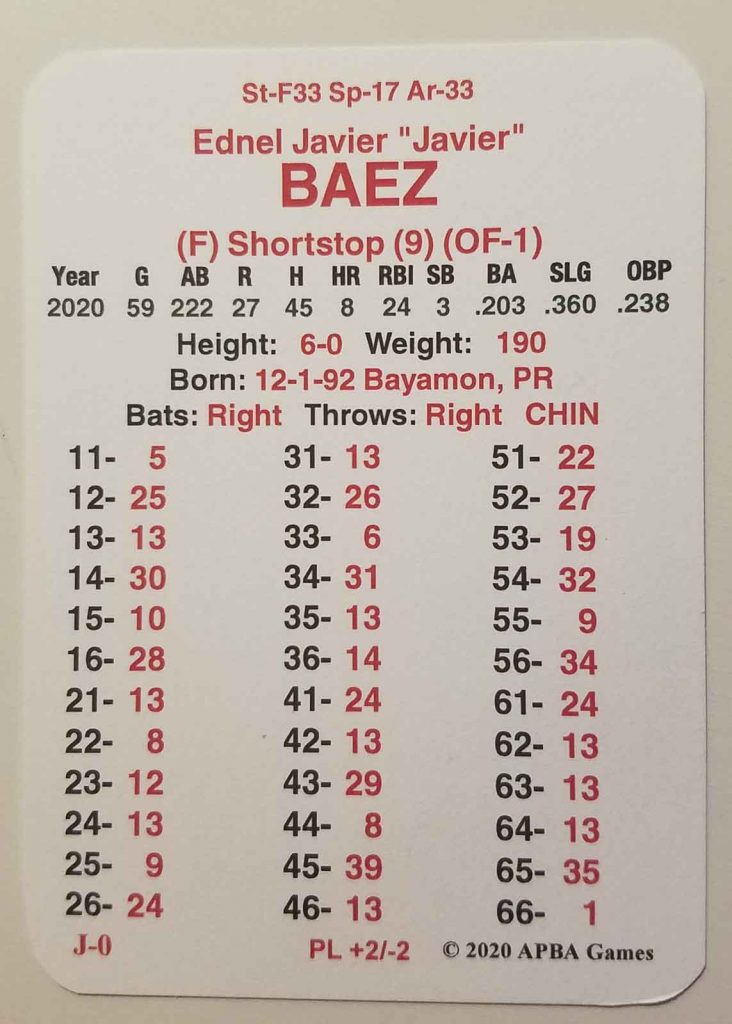
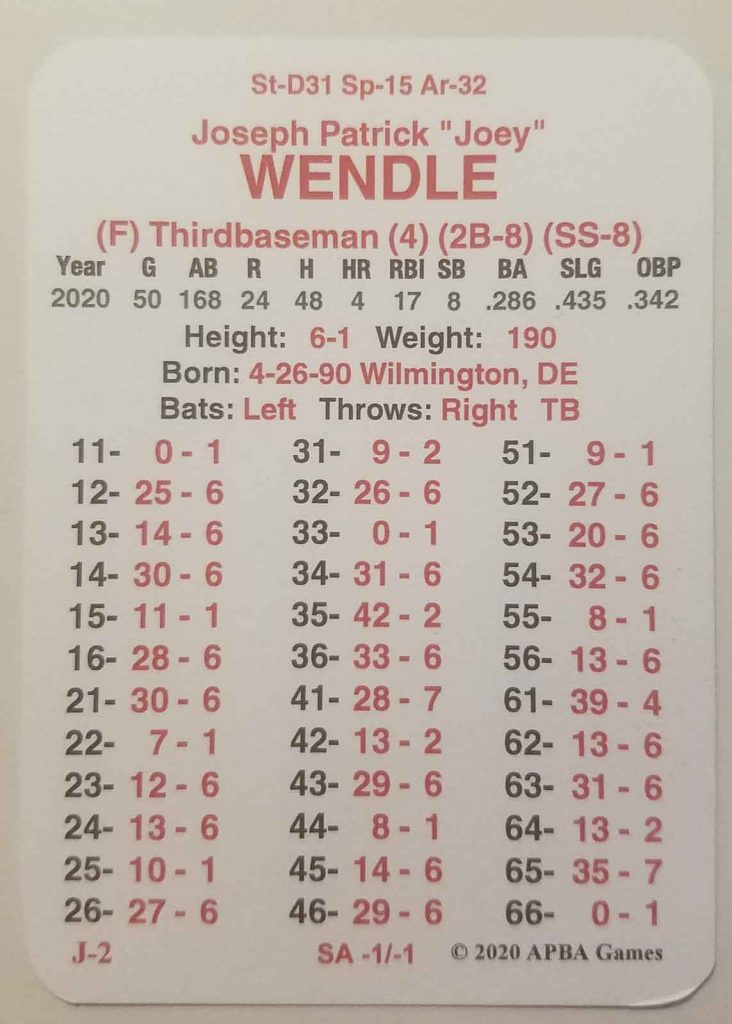
Very well thought out and presented, as always, Tom.